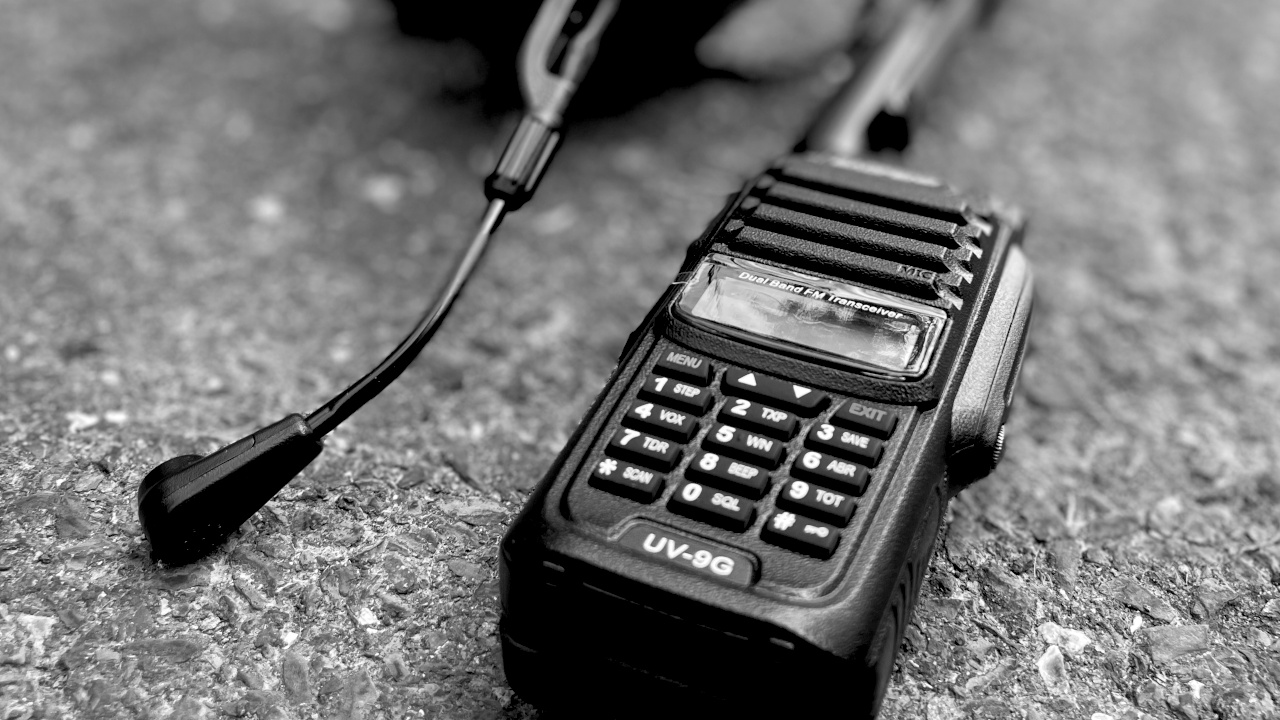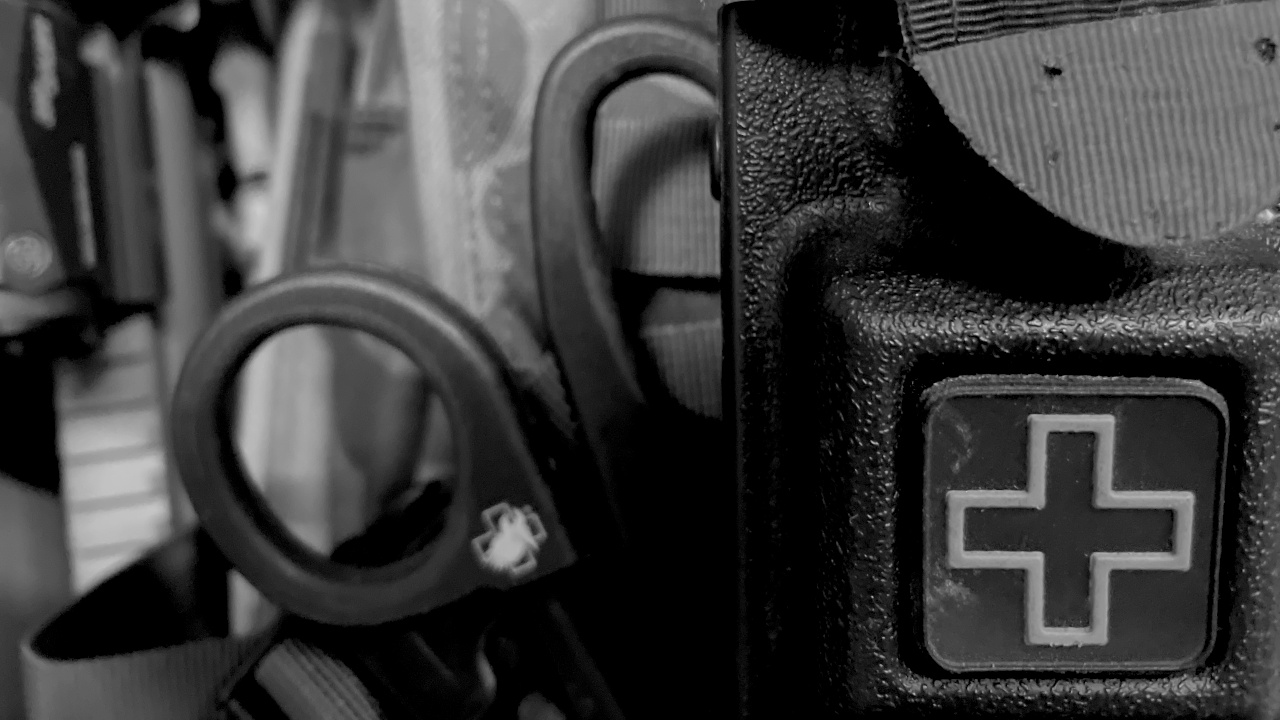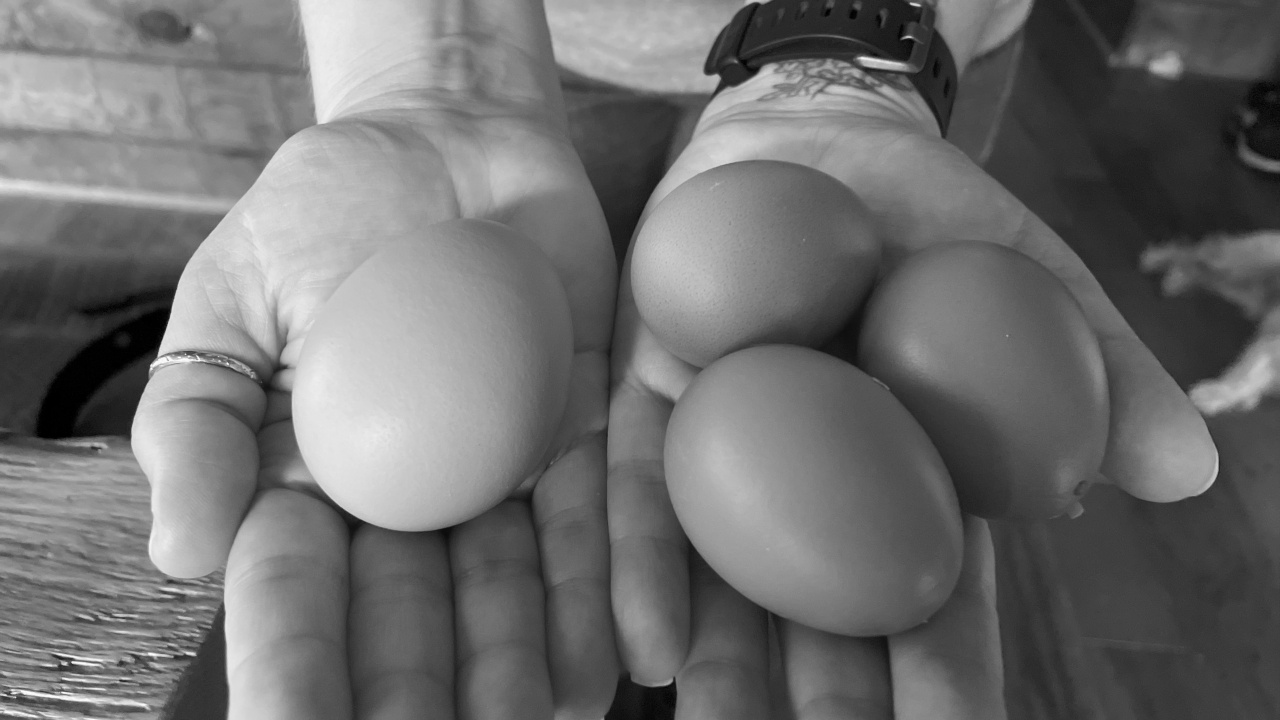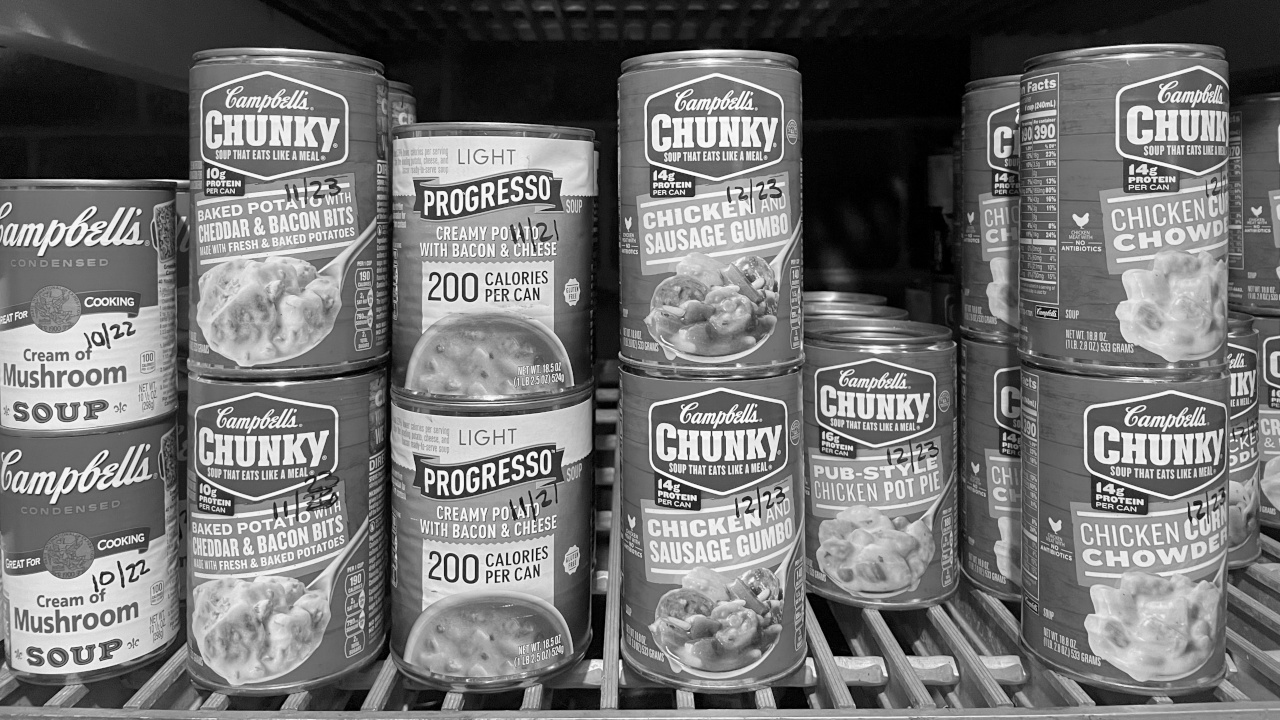How Much Food And Water For Emergencies?
Picture this. The road leading to your home is washed out. The only bridge connecting you to town is gone. No cell service, no power, and no help coming anytime soon.
That’s not a doomsday fantasy. For many communities during natural disasters like hurricanes or floods, that’s reality. When we helped out with search and recovery efforts after hurricane Helene, we learned that this is real, and not just some crazy prepper idea. And if you aren’t prepared, it can become dangerous very quickly.
Getting started in emergency preparedness can feel overwhelming. There’s so much information out there and so many “must-have” items being pushed. But the truth is, you don’t need to do everything at once. By breaking preparedness into smaller, manageable steps, you can steadily build up your supplies and confidence.
Watch Here: https://www.youtube.com/watch?v=xtlRJlPw3YY
How Much Food and Water Should You Store?
A question I hear all the time is, “How many days’ worth of food and water should I keep on hand?”
My answer has changed over the years. I used to recommend one to two weeks of supplies. But after my time working search and recovery operations in Tennessee and North Carolina during Hurricane Helen, my perspective shifted.
People were literally trapped in their homes for weeks, and in same cases, months, unable to reach even basic supply points like churches or private relief stations. It often took a month before communities could fully step in. Because of that, I now recommend a minimum of four weeks’ worth of food and water per person.
Building Your Food Supply
You don’t need to break the bank on expensive emergency food kits to get started. In fact, one of the easiest and cheapest ways to build a food supply is to simply add a few extra cans of food each time you shop.
We started by grabbing an extra four to twelve cans per trip, especially when there were buy-one-get-one deals. Over time, those small purchases added up. We label each can with the date and rotate through them, using the oldest first.
Canned food is great for more than just storage. When we’re snowed in or just don’t feel like cooking, we dip into our supply. The preservatives aren’t a bad thing in emergencies, they make food last longer.
Now, let’s talk about food buckets. Brands like Auguson Farms or ReadyWise make stackable emergency kits. They’re calorie-dense and easy to store, but they aren’t the most nutritious. Expect lots of oatmeal, powdered potatoes, rice, beans, and sugary mixes. Not ideal for long-term health, but in a true emergency, you’ll be glad you have them.
The real drawback? They lack protein. That’s why it’s critical to diversify, combine emergency kits with canned meats, beans, or your own canned food.
Speaking of which, canning your own food is a fantastic next step. In our household, we can venison, beef from local farmers, homemade jams, pickles, and vegetables. With canning, you control the quality, and you can prepare hearty stews that become shelf-stable meals.
Water: Your #1 Priority
Food is important, but water is absolutely essential. You can survive weeks without food but only three to four days without water. And if you’re working hard, clearing debris, repairing property, you’ll burn through it even faster.
Start simple. Bottled water is cheap, easy to store, and available everywhere. Stockpile it. A good rule of thumb is at least one gallon of water per person per day. While many recommendations say half a gallon, experience has taught me that it’s not enough when you’re exerting yourself.
You can expand later with larger storage solutions like 25- or 30-gallon tanks.
I also highly recommend having a water filter as backup. A Sawyer filter or gravity-fed system can turn muddy puddles into drinkable water. I carried one in Haiti and during Hurricane Helen, and it was a lifesaver. But keep in mind, using natural water sources can be risky, debris, silt, and contamination are real dangers. Whenever possible, keep water stored at home and use filters only as a secondary option.
Start Small, Stay Consistent
Preparedness isn’t about living in fear. It’s about building resilience, one small step at a time. Buy a few extra cans here, a case of bottled water there. Over weeks and months, you’ll build a strong safety net.
We didn’t get to the point of having eight weeks’ worth of supplies overnight. It took time, patience, and consistency. And you can do the same.
Down the road, you might dive deeper into gardening, canning, or rainwater collection. I’ll be sharing more about those topics soon. But for now, focus on the basics: food, water, and a mindset of steady preparation.
Stay safe, stay prepared, and I’ll see you again soon.




